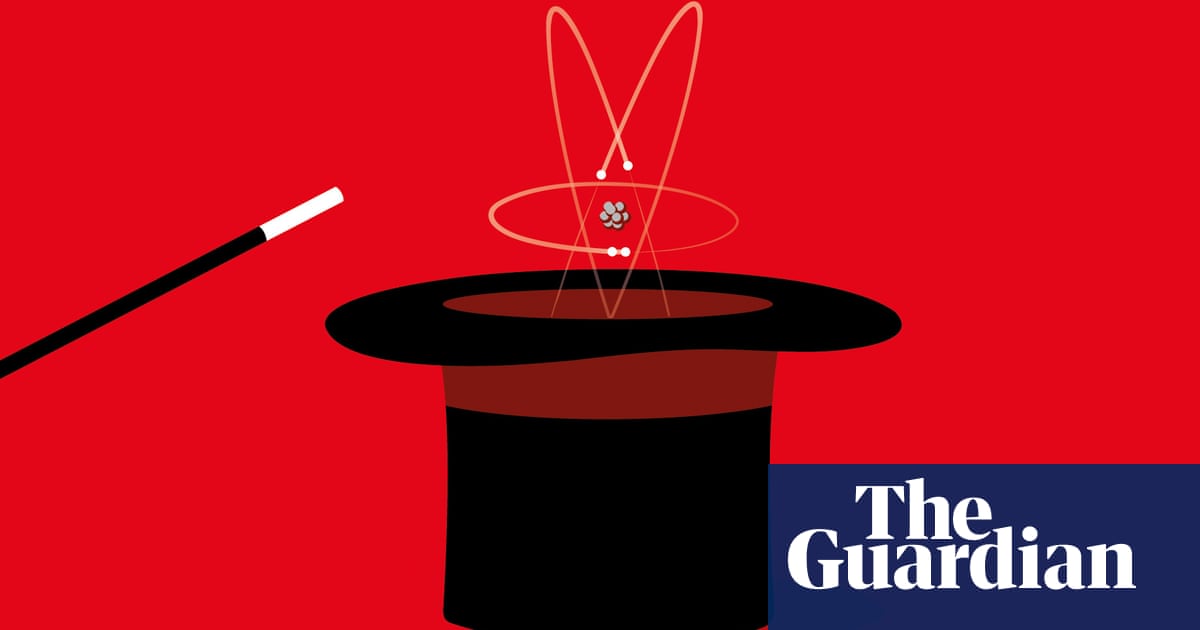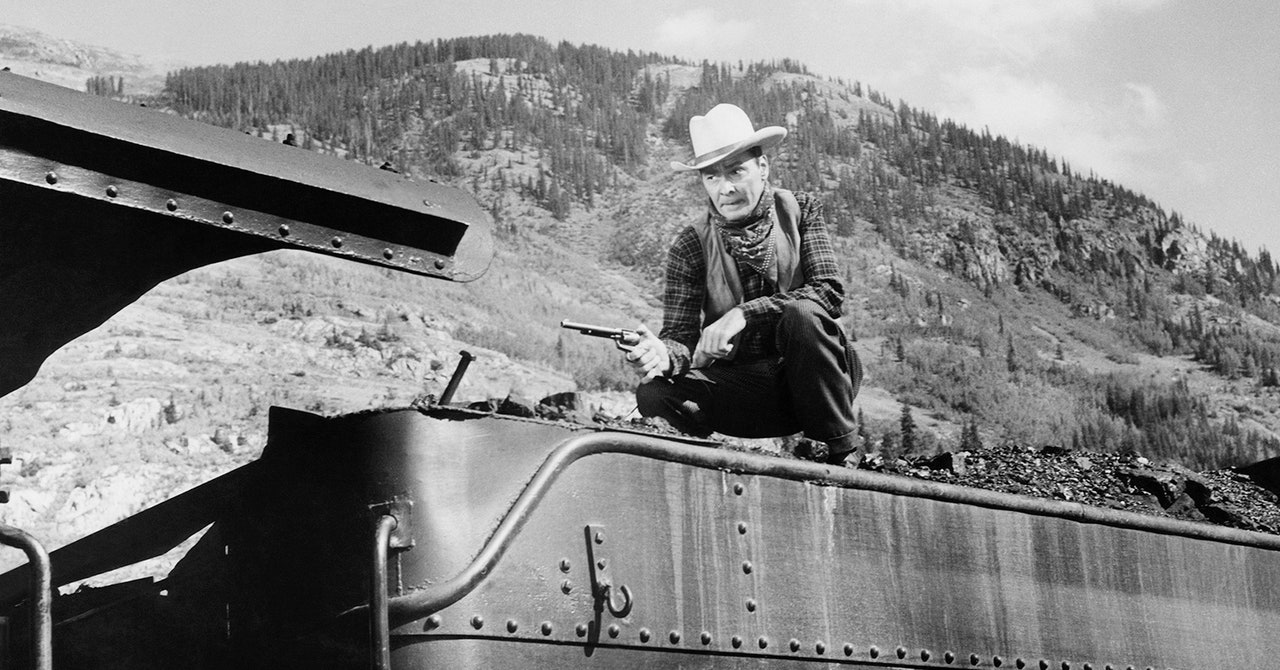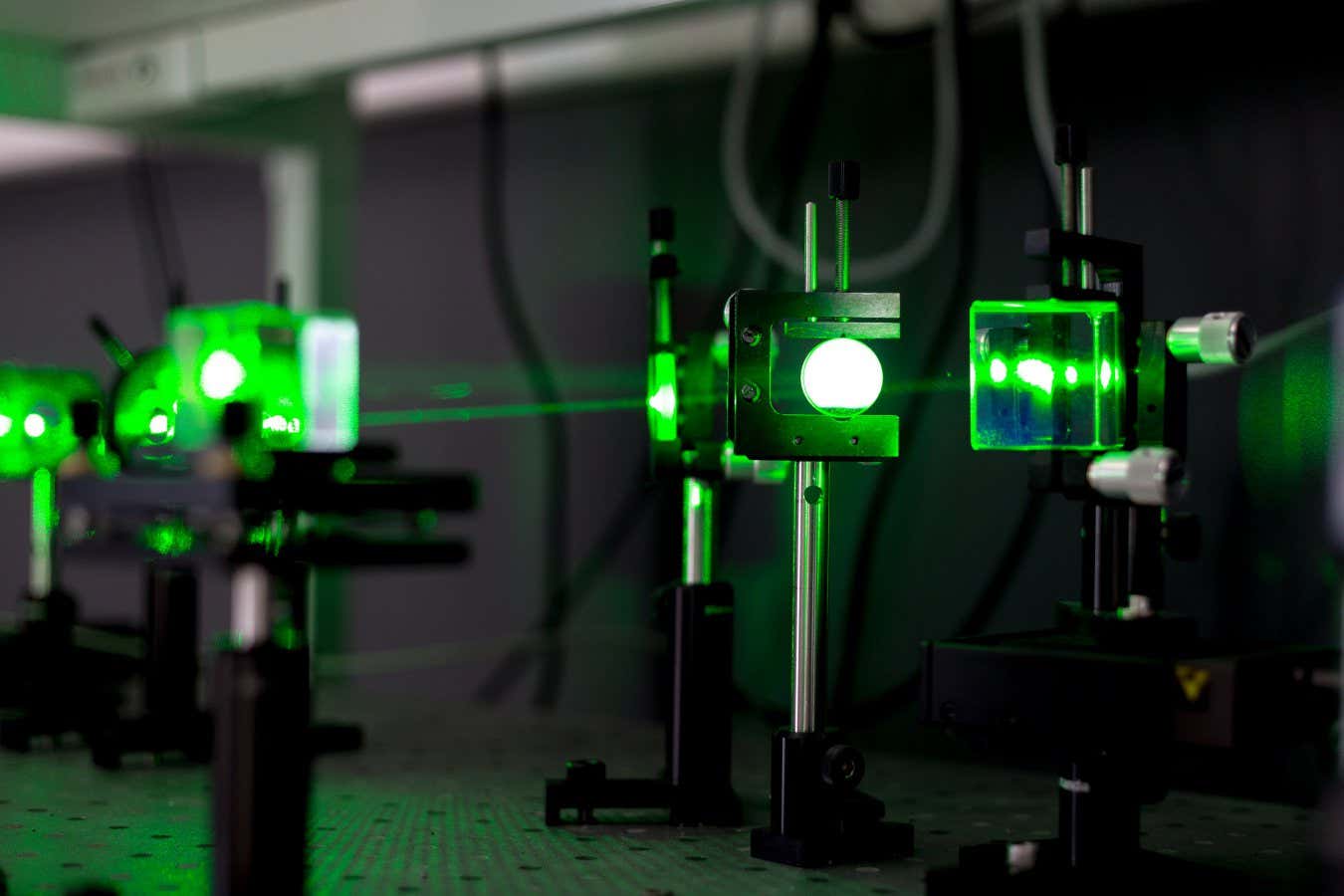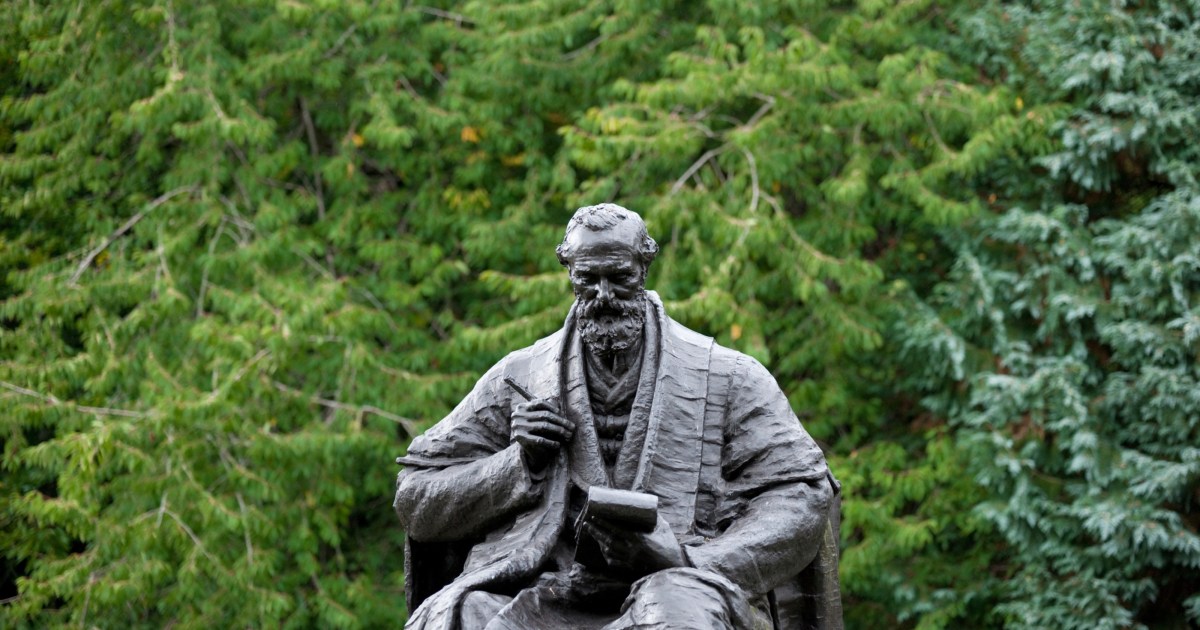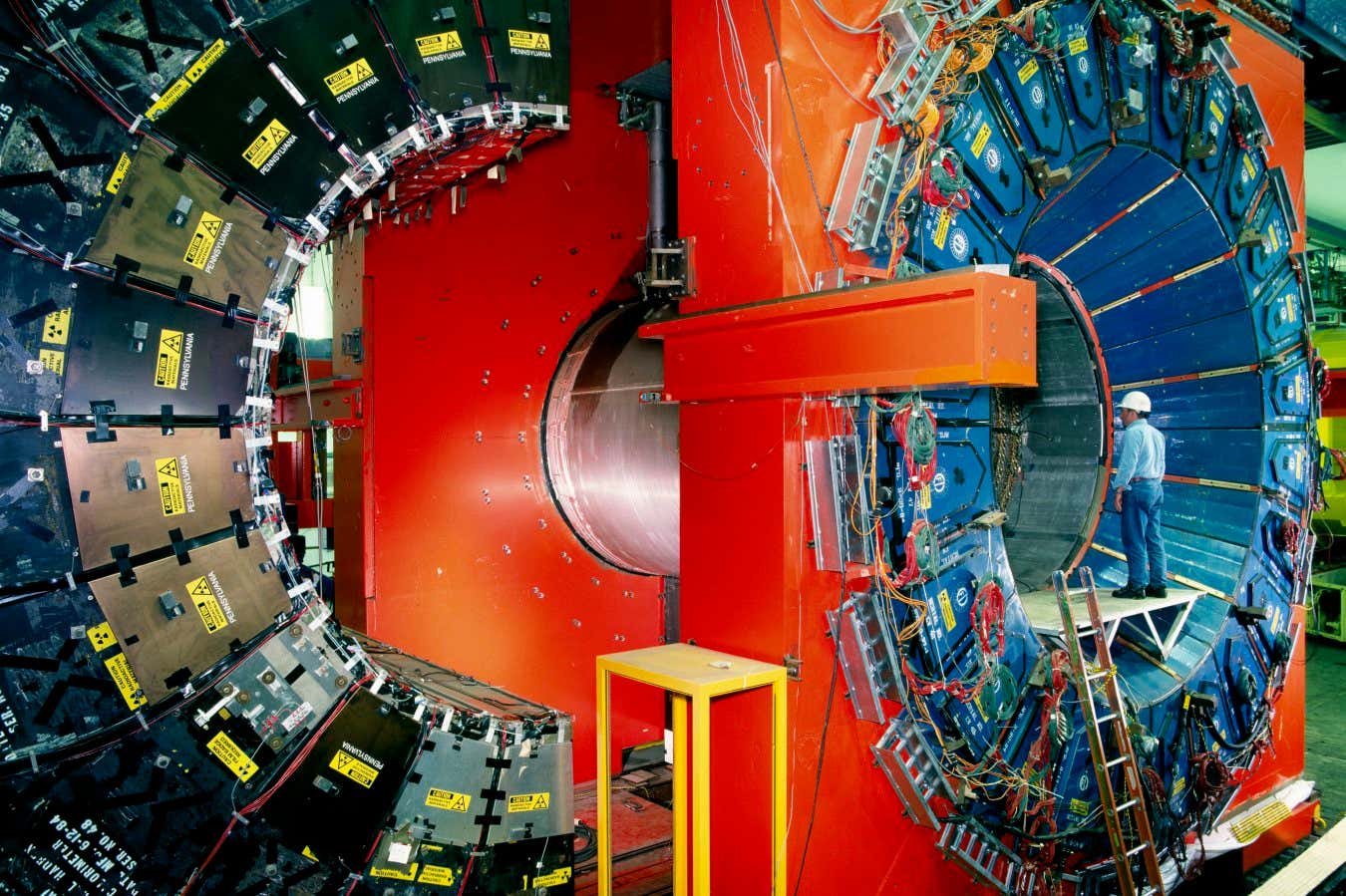The big idea: are we about to discover a new force of nature? | Physics
Modern physics deals with some truly mind-boggling extremes of scale. Cosmology reveals the Earth as a tiny dot amid an observable universe that is a staggering 93bn light years across. Meanwhile, today’s particle colliders are exploring a microcosmic world billions of times smaller than the smallest atom. These two extremes, the biggest and smallest distances probed by science, are separated by 47 orders of magnitude. That’s one with 47 zeros after it, a number so ludicrously huge that it isn’t worth trying to get your head around. And yet, despite exploring such radically different distances and phenomena, cosmology and particle physics are deeply connected. Observing the motions of stars and galaxies can reveal the influence of as-yet-undiscovered particles, while studying fundamental particles in the lab can tell us about the birth and evolution of the cosmos. Intriguingly, both disciplines are grappling with unexplained results that could be pointing to the existence of a new force of nature. If such a new force were to be confirmed, the implications for our understanding of the universe, its …
